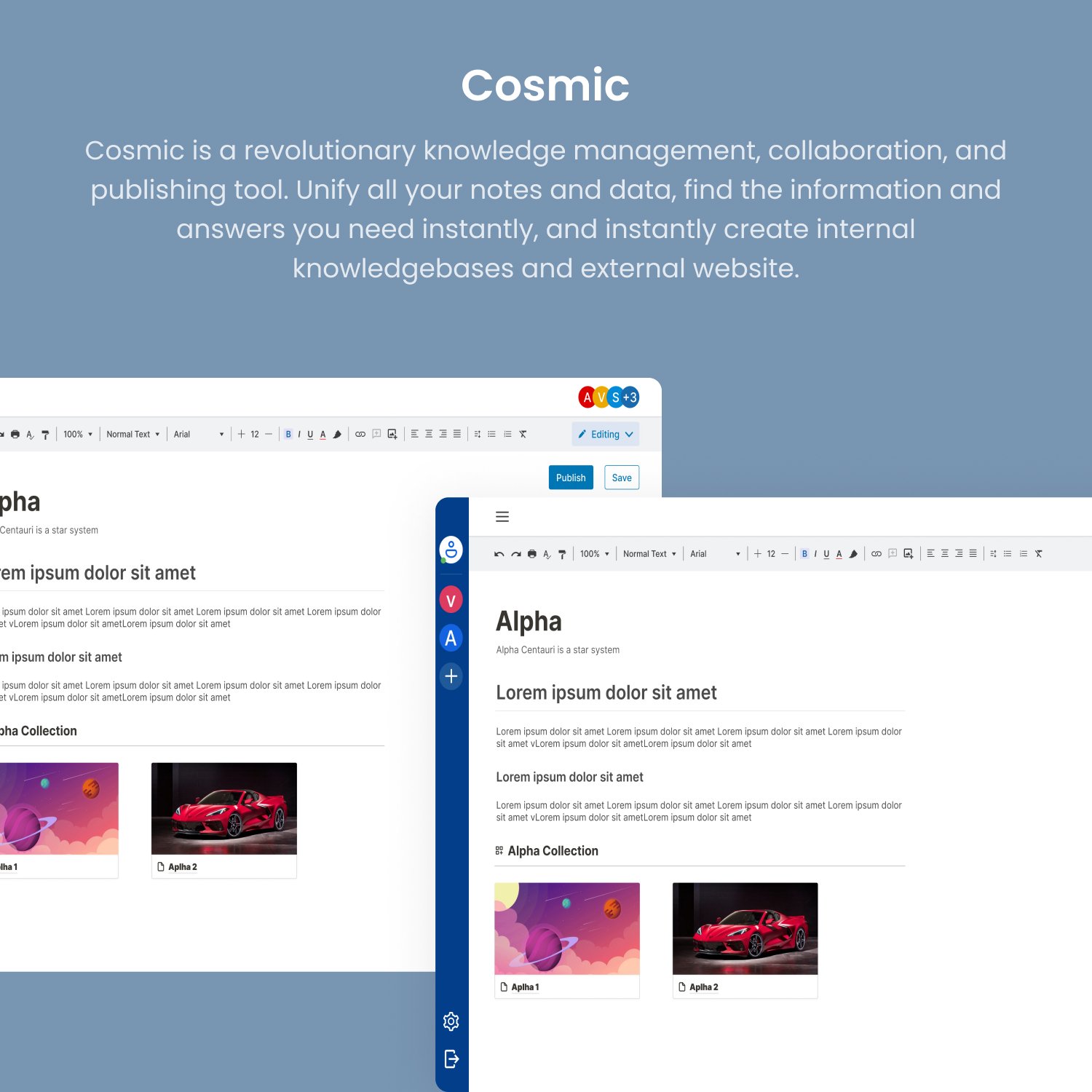Ever observed how when you type a term into Google, all the linked articles appear before you can even finish your statement or word? It all stems from the search engine optimization strategies utilized by the article authors to make sure it always appears first when you type a word.

The goal of SEO, a crucial marketing strategy, is to employ high-quality content to rank at the top of search engine results pages and drive organic, non-paid traffic to your website. At first, reaping the rewards of your SEO work could seem like a slow process, but after you start seeing any progress, your success will continue to grow. Search engine optimization (SEO) aims to improve your website to rank as the top result on search engine results pages. You may set up your website so that search engines can comprehend and decide to display it to their visitors using various strategies and tools. Consider SEO to be both a science and an art. It blends creativity and the capacity to produce valuable, high-quality content for users with a solid grasp of analytics and your target audience. It’s crucial to keep in mind that SEO solely concentrates on organic positioning. With SEO, you cannot buy to rank higher. The only method to improve your SEO ranking is to make sure you are meeting the needs of the search engines.
Benefits of search engine optimization:
First is Improved website exposure and traffic: The more traffic you receive, the higher Google will rank your website’s pages.
Improved website quality: As its full name suggests, optimizing your website involves several steps to bring it up to Google’s demanding criteria. You’ll enhance your website as a result of doing this.
Build customer trust: People who use search engines tend to trust websites that are highly ranked because they assume that Google has “vetted” the pages that appear there.
Establishing your brand as a leader in your industry: A lot of content generation, including blog writing, goes into SEO. As you write more about a subject, more people will look to you as a reliable source of information.
Long-term strategy: SEO may be a little slower than other long-term marketing strategies, but once it starts rolling, it just gets stronger. SEO is a long-term approach that, with time, improves upon itself and becomes more successful.
Why is SEO important for marketing?
Because consumers do billions of searches annually, many of which are done with a commercial intent to learn more about goods and services, SEO is an essential component of digital marketing. The main source of internet traffic for businesses is often search, which supports other marketing channels. Your bottom line may be significantly impacted by increased visibility and a better ranking in search results than your rivals.
Nonetheless, during the past several years, search results have changed to provide consumers with more immediate responses and information that is more likely to retain them on the results page rather than sending them to other websites.
Rich results and Knowledge Panels are two search engine features that can improve visibility and provide users with additional details about your business right in the results.
SEO serves as the cornerstone of a complete marketing ecosystem. When you know what your website visitors desire, you can utilize that information to improve your campaigns, website, social media presence, and more.
Your SEO strategy can be oriented in a variety of ways. But we have identified two ways by which you can make your SEO strategy. First is KEYWORDS, All potential search engine terms that can be pertinent to your clients and your business are referred to as keywords. These are a cornerstone of SEO since they make choosing what content to produce to draw consumers one of the simplest tasks.
You will be able to employ the most effective words or phrases to direct readers to your content and website by analyzing keywords and major themes. By developing buyer personas and doing keyword research, you may determine the best keywords to employ.
Another is WEBSITE OPTIMIZATION With good content we also need a website for our SEO strategy. Website optimization is a wide phrase that covers on-page and technical SEO tactics used to optimize websites for Google. This entails utilizing headers, titles, and alt text appropriately, optimizing for mobile, and being mindful of loading speeds.
On-page SEO is important for many aspects of website optimization. While content plays a significant role in on-page SEO, there are other technical considerations:
keyword approach
URL improvement
Meta descriptions and titles
Organization of page headers
image enhancement
optimization for mobile devices
a site map
Charge times
excellent content
content improvement.
Types of SEO:
SEO has multiple dimensions since Google and other search engines take various criteria into account when ranking content. On-page, off-page, and technical SEO are the three main categories of SEO:
Optimizing the caliber and organization of the content on a page is known as on-page SEO. The three main factors affecting on-page SEO are content quality, keywords, and HTML tags.
Getting links from other websites and pages on your website to the page you’re seeking to improve is known as off-page SEO. Your off-page MVPs are backlinks, internal linking, and reputation.
Enhancing your site’s overall performance on search engines with technical SEO. Key factors in this case include structure, UX, and site security.
The goal of Google’s algorithm updates and new SERP features, which are released often, is to surface the greatest material available. As a result, your priority should always be continually producing valuable, reliable content. SEO requires time. like, for a long time. It may take a few months before you begin to see the results of your labors, but once you do, the advantages only grow over time, so don’t give up too soon!




